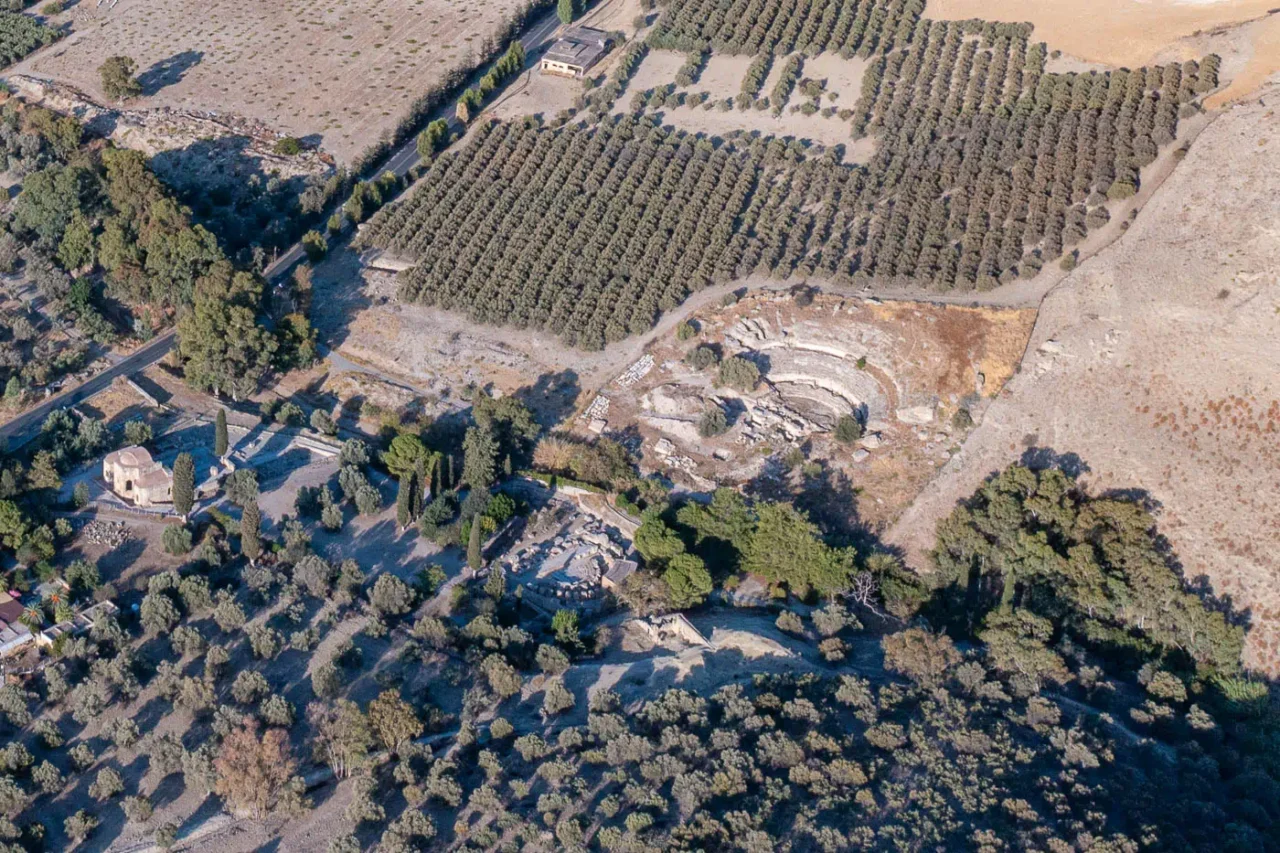
A Monumental Stage for Roman Spectacle
The Great Theater of Gortyna, also referred to as the Roman Theater, is a significant archaeological site located on the southeastern slopes of the Acropolis hill, facing west towards the ancient city’s public square (agora). This imposing structure, built during the Roman Imperial era, served as a central hub for entertainment, cultural events, and possibly even political gatherings.
Construction and Architectural Features
The Great Theater’s construction is estimated to have taken place in the 2nd century AD, during a period of significant urban development and expansion in Gortyna. The theater’s architecture is characteristic of large Roman theaters, featuring a semicircular cavea (seating area) with a diameter of approximately 93 meters. The cavea was divided into three sections (upper, middle, and lower) by two covered corridors that provided access for spectators. It is estimated that the theater could accommodate around 7,500 people, highlighting its importance as a major public venue.
The theater’s stage (scaenae frons) was once a grand structure, adorned with elaborate architectural decorations and featuring three openings. Two aditus (entranceways) flanked the stage, allowing for the movement of actors and props. The orchestra, a circular space in front of the stage, served as the performance area for various events.
Function and Purpose
The Great Theater served as a multifunctional space in Roman Gortyna. Primarily, it hosted theatrical performances, including comedies, tragedies, and other dramatic productions. The theater’s size and design suggest its use for large-scale public events, attracting audiences from across the city and surrounding areas.
Beyond theatrical performances, the Great Theater likely played a role in religious ceremonies and festivals. Its proximity to the Pythion sanctuary suggests a connection to the cult of Apollo, and it may have been used for celebrations associated with the god.
The theater’s size and acoustics also make it a potential venue for political and civic gatherings. The Koinon ton Kretaieon, the federal assembly of Cretan cities, may have convened in the theater, utilizing its ample space and favorable acoustics for discussions and debates.
Later Modifications and Decline
The Great Theater underwent some modifications in the 3rd century AD, possibly reflecting changes in its function or the evolving needs of the community. However, the theater’s use declined in the Late Antique period, mirroring the broader decline of Gortyna and the rise of Christianity. The theater was eventually abandoned and fell into ruin, its architectural elements and sculptures scattered amidst the debris.
Archaeological Investigations
Archaeological excavations at the Great Theater have been ongoing since 2011, led by a team from the Greek Ephorate of Antiquities. These investigations have uncovered significant portions of the cavea, orchestra, and stage, providing valuable insights into the theater’s construction, architectural features, and historical context. The discovery of numerous sculptures and architectural fragments within the destruction layer further attests to the theater’s former grandeur and its role as a cultural center in Roman Gortyna.
Archaeological Site: Key Points
- Construction Period: 2nd century AD
- Location: Southeastern slopes of the Acropolis hill, facing the agora
- Dimensions: Maximum diameter of approximately 93 meters, estimated capacity of 7,500 spectators
- Historical Significance: Major public venue for theatrical performances, religious ceremonies, and possibly political gatherings in Roman Gortyna
- Current Status: Undergoing archaeological excavation and restoration, with the aim of future public access and appreciation
References
- Kanta, A., Kontopodi, D. Z., Lyrintzis, A., Nikolopoulou, K., & Chatzidakis, N. (2020). Ανασκαφική έρευνα στο Μεγάλο Θέατρο της Γόρτυνας, 2011-2015 (Excavation at the Great Theater of Gortyn, 2011-2015). Archaeological Work in Crete 4, 483-495.
- Lippolis, Enzo. 2016. “Roman Gortyn: from Greek polis to provincial capital.” In Roman Crete: New Perspectives, edited by Jane E. Francis and Anna Kouremenos, 155-174. Oxford & Philadelphia: Oxbow Books.














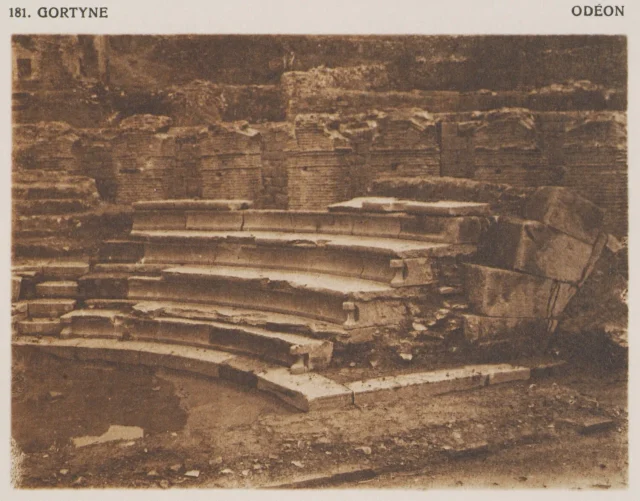

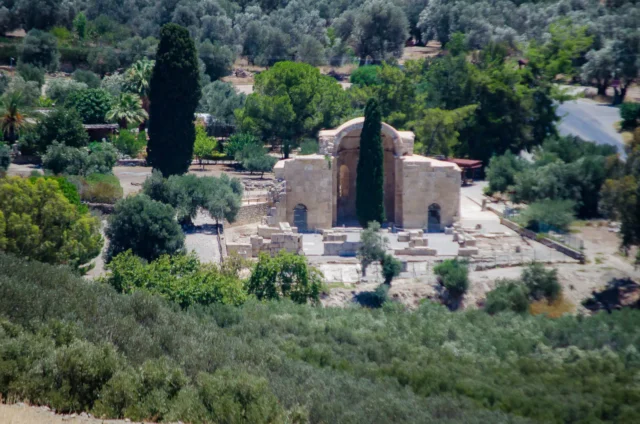


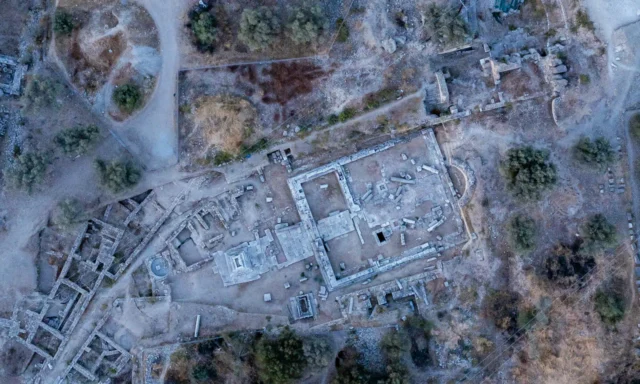

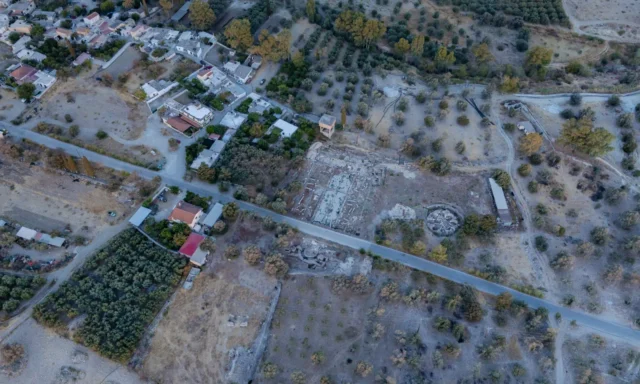
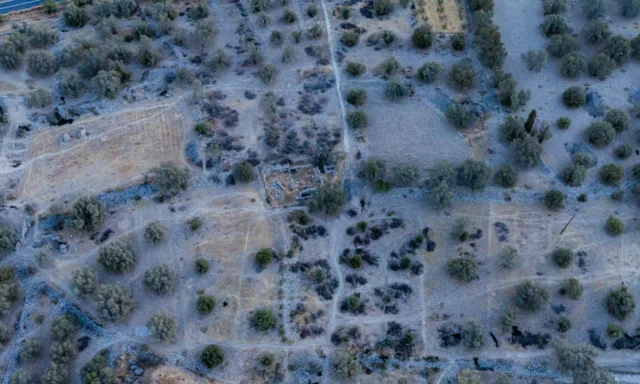
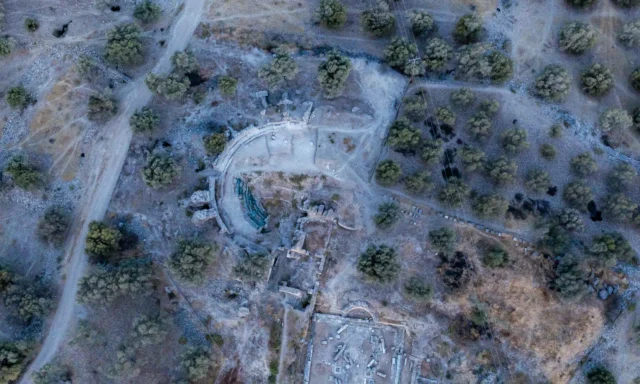
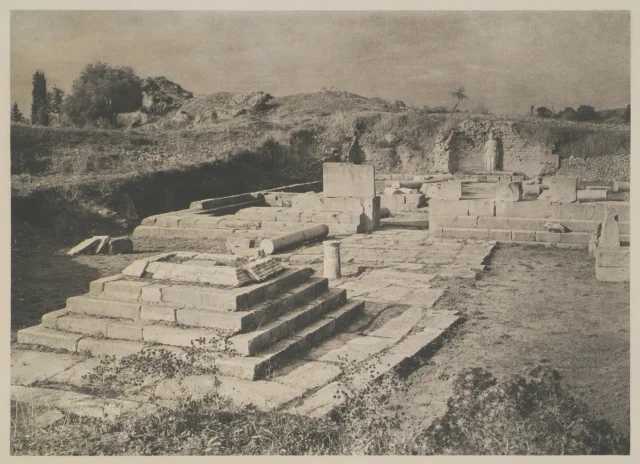
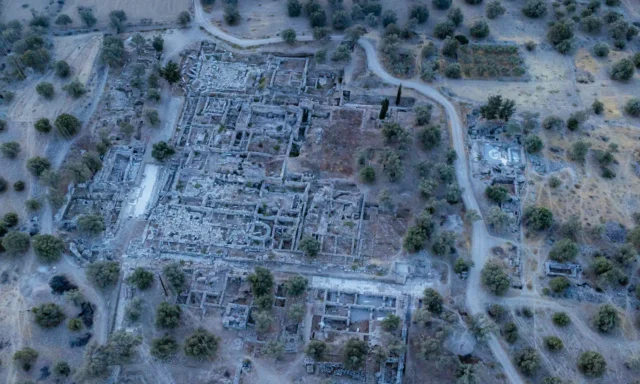
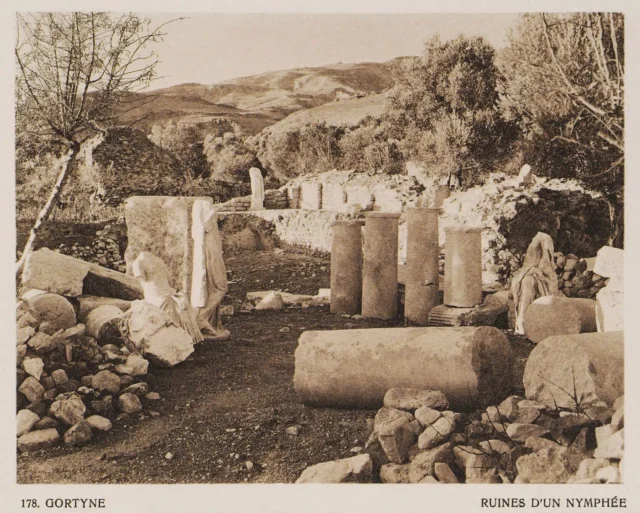
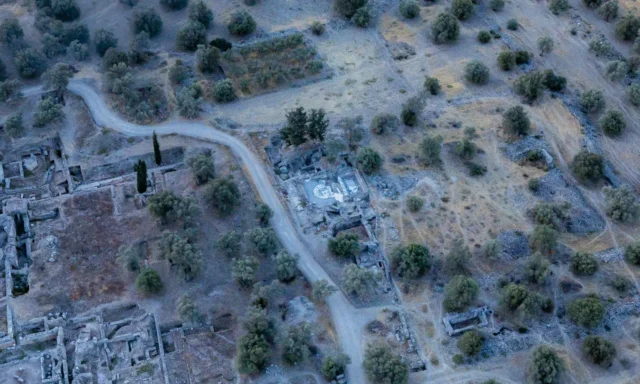

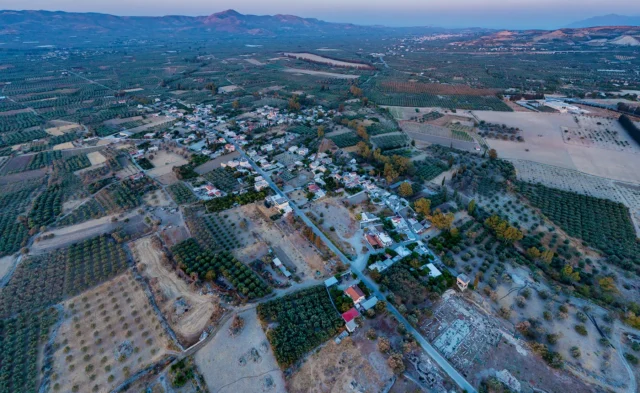
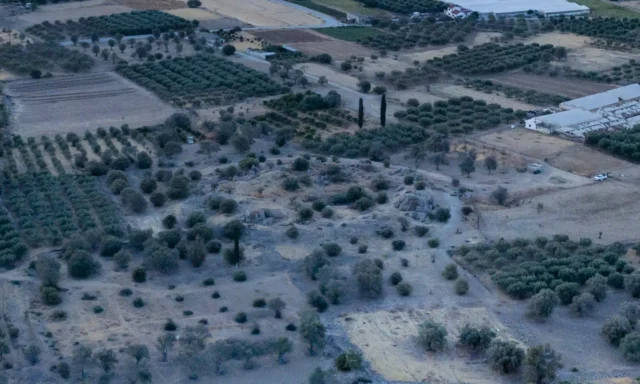
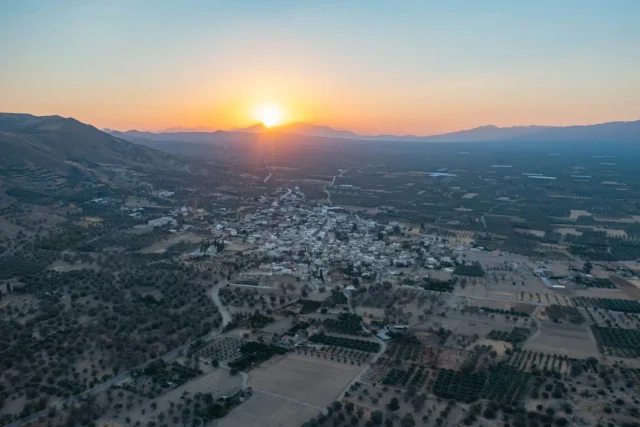

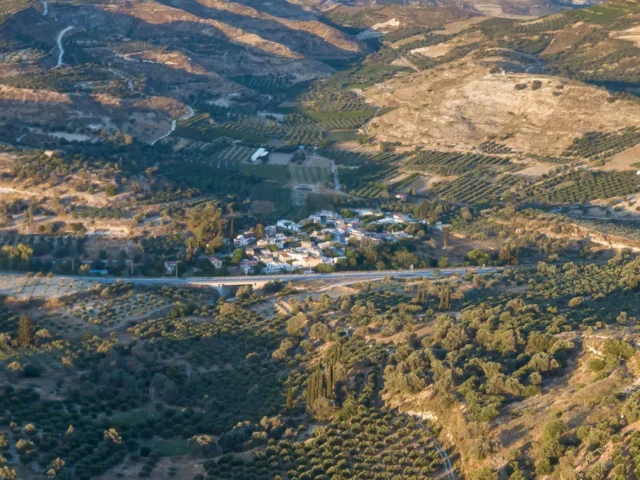
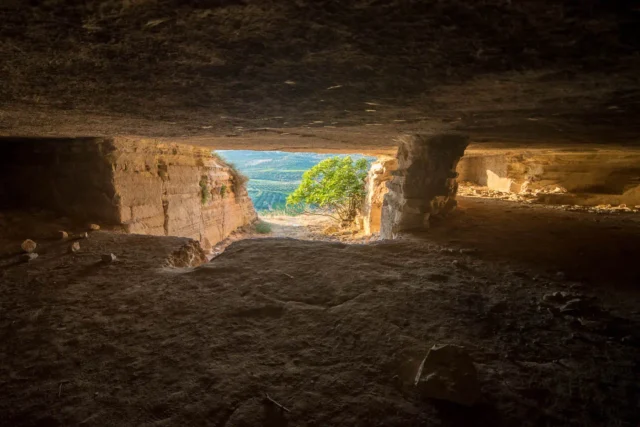
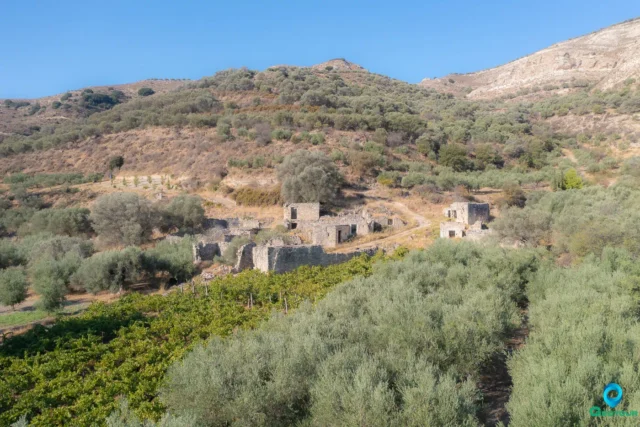

There are no comments yet.